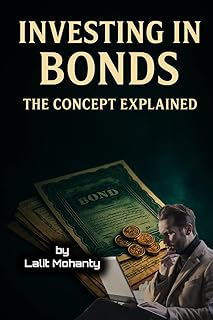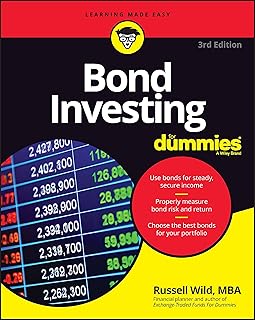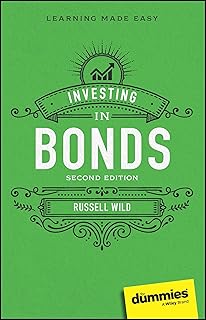Investment bonds serve as a strategic tool for channeling assets to beneficiaries, albeit with a caveat: premature withdrawals can significantly erode the tax advantages they offer. Super fund members seeking to allocate assets to beneficiaries beyond the constraints of law can leverage investment bonds for this purpose. However, it is crucial to understand that early withdrawals from these bonds can diminish the tax benefits associated with this financial vehicle, as highlighted by BT technical consultant Tim Howard.
Howard emphasized the appeal of investment bonds for certain superannuants due to their exemption from contributions tax, absence of contribution limits or age-based restrictions, and the flexibility in nominating beneficiaries, not bound by the limitations imposed by the Superannuation Industry (Supervision) (SIS) Act. Unlike superannuation, where nominations are restricted to SIS dependents, investment bonds allow for a broader selection of beneficiaries, making them a valuable estate planning tool.
From an estate planning perspective, designating a beneficiary ensures that they receive the bond’s proceeds outside the estate, making it a tax-free asset for the recipient. This feature makes investment bonds an attractive option for bequeathing assets to individuals who may not meet the SIS definition, offering a viable alternative to testamentary trusts or traditional estate assets, especially for smaller sums of money.
While investment bond earnings are taxed at a flat rate of 30% – higher than the 15% rate in superannuation – tax benefits upon withdrawal are contingent on meeting specific criteria. Withdrawals made within the first eight years incur tax liabilities on the investment growth, with the tax burden gradually decreasing over subsequent years. Notably, the 125% rule plays a pivotal role, stipulating that withdrawals after ten years can be tax-free as long as contributions do not exceed 125% of the previous year’s amount.
Howard underscored the significance of adhering to the 125% rule for maximizing tax benefits, emphasizing that withdrawals made post the ten-year mark are exempt from taxation. In the event of the bondholder’s demise within the ten-year period, the beneficiary can inherit the bond tax-free, underscoring the long-term tax advantages associated with investment bonds.
Investment bonds represent a strategic financial instrument for estate planning, offering tax-efficient wealth transfer mechanisms beyond the constraints of traditional superannuation schemes. By understanding the nuances of investment bonds and leveraging their flexibility in beneficiary nominations, individuals can optimize their estate planning strategies and ensure tax-efficient wealth distribution to their chosen beneficiaries.
📰 Related Articles
- Maximize Tax Benefits with Strategic Super Contribution Planning
- Maximize Superannuation Benefits Through Strategic Estate Planning
- Maximize Retirement Savings with Super Booster’s Strategic Planning Guide
- Maximize Retirement Returns with SuperGuide’s Strategic Investment Insights
- Warren Buffett’s Brief Gold Investment: A Strategic Anomaly





